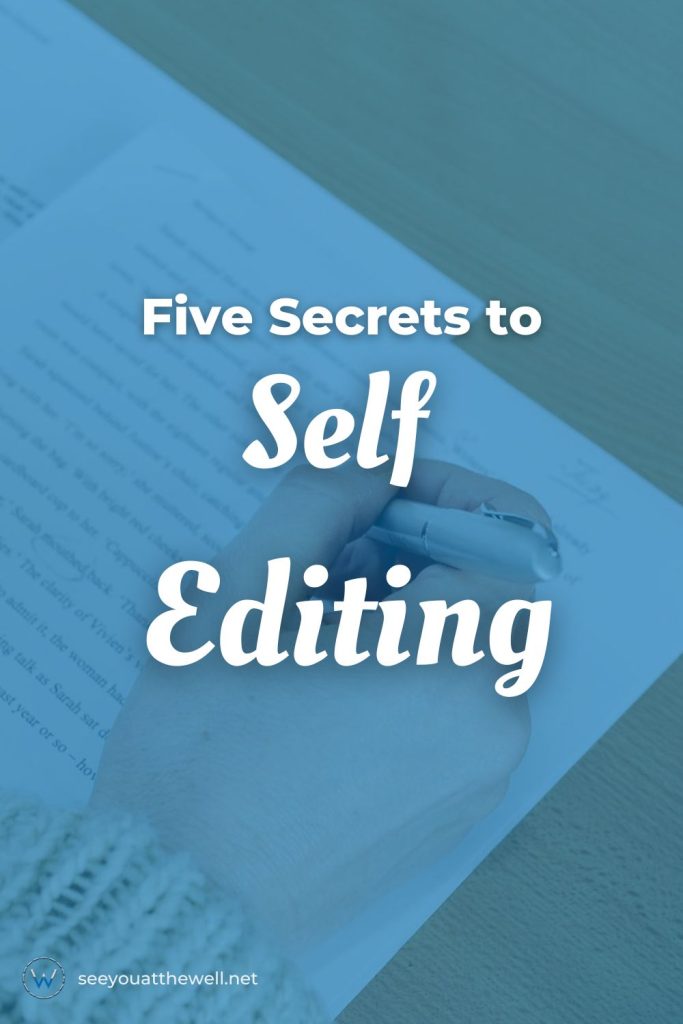If you write anything, you need to proofread it. Whether you’re writing a blog post, email, or promotional material, your work needs to be edited. Not everyone has the time or money to hire an editor, however, so you need to know how to do it yourself. Don’t assume that because you can write you’ll automatically catch every mistake. Good editing takes practice. Here are five self-editing secrets to help you get your work ready to submit.
- Let it sit. Don’t jump right into editing after you finish writing. Give it some time to sit before you start making changes.
- Print it out. It’s tempting to read through things on the computer screen, but it’s easy to miss mistakes when you compose, read, and edit digitally. Print it out and grab some pens and highlighters.
- Read it out loud. You can’t really understand how awkwardly something is worded until you read it out loud. Find yourself a secluded spot and start reading.
- One at a time. If you’re having a hard time finding the errors in your work, grab some highlighters and tackle one topic at a time. As Ann Lamott’s father told her, “Bird by bird, buddy. Just take it bird by bird.” Look for passive voice first, then tackle telling, then punctuation, etc.
- Wash, rinse, repeat. Do it again. While it would be nice if we caught everything on the first pass, that’s rarely the case. Give it at least one more read (depending on the length and complexity of the manuscript, maybe more).
While it’s always best to have a professional look at your writing, it’s possible to present a well-crafted, well-polished manuscript by practicing these simple tricks. And here’s a bonus tip – swap manuscripts with other writers and offer to edit each other’s work. You learn by doing, and that’s a great way to exercise your editing muscle.

Still confused, or struggling to understand some concepts of editing? Contact me and let me help!

